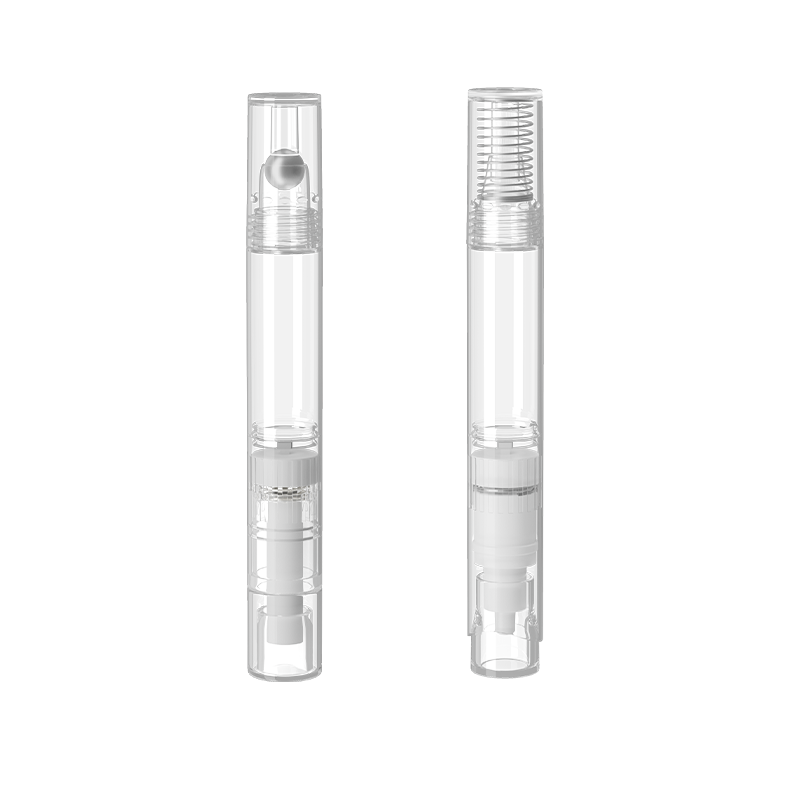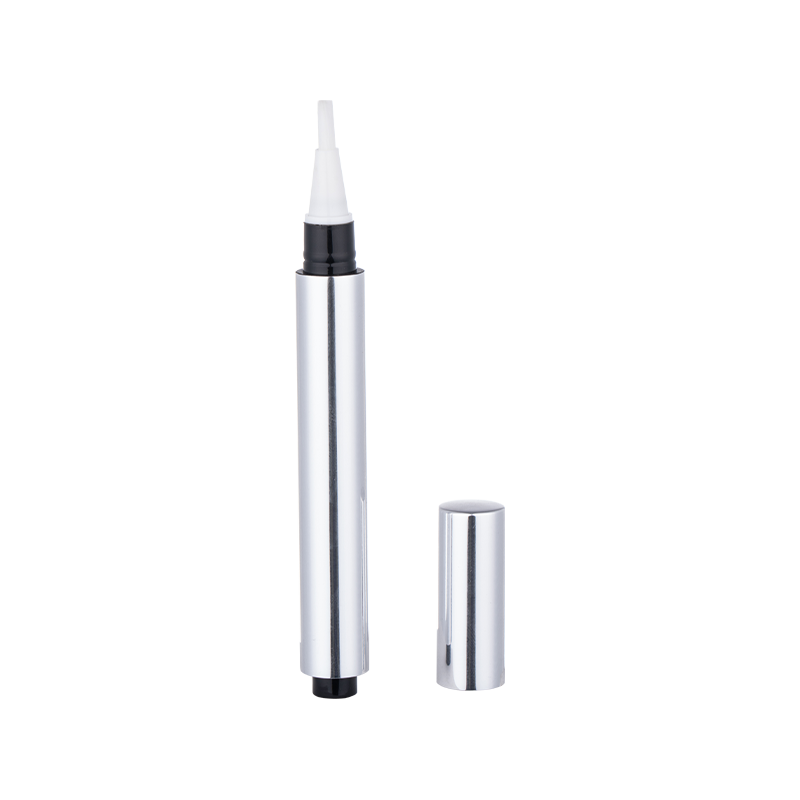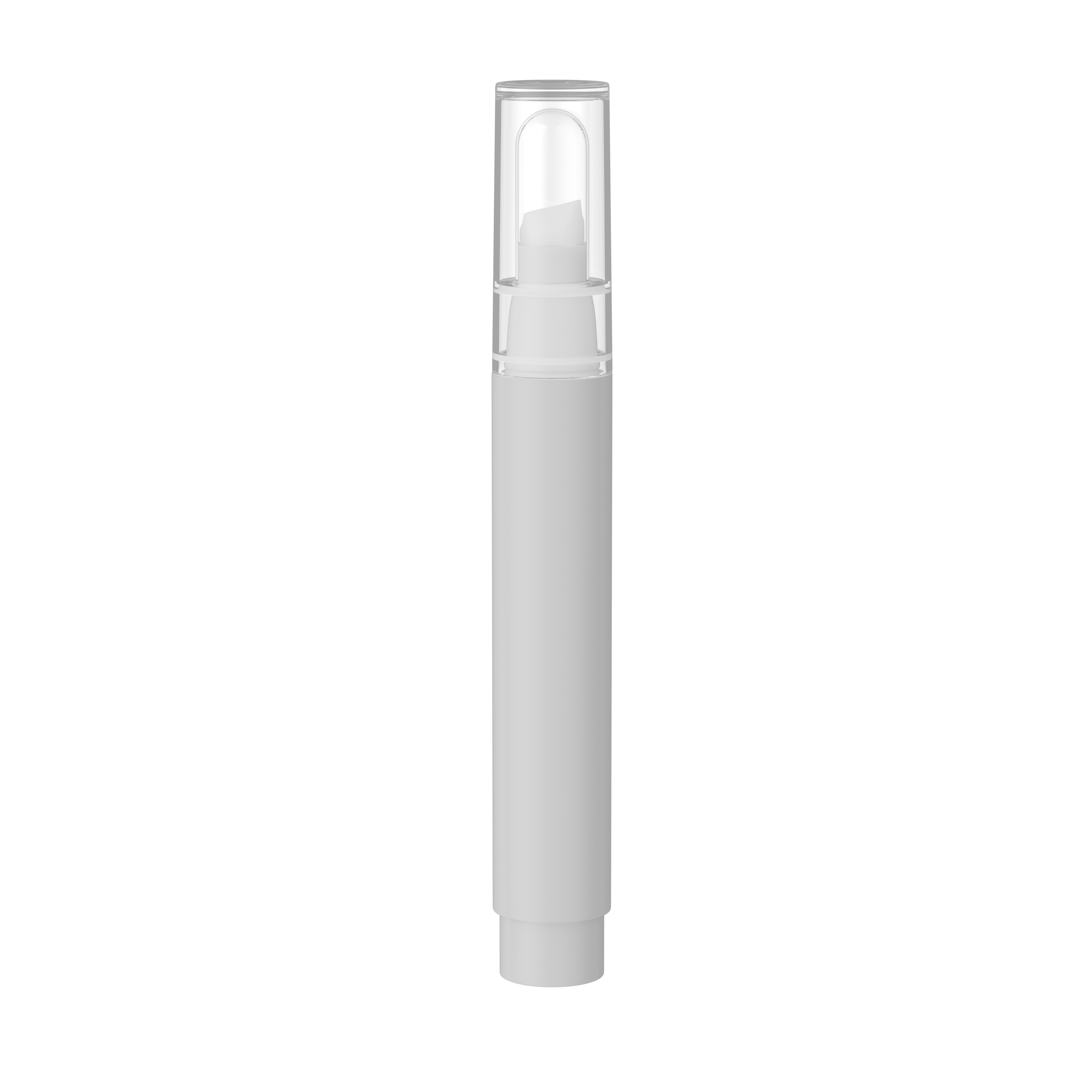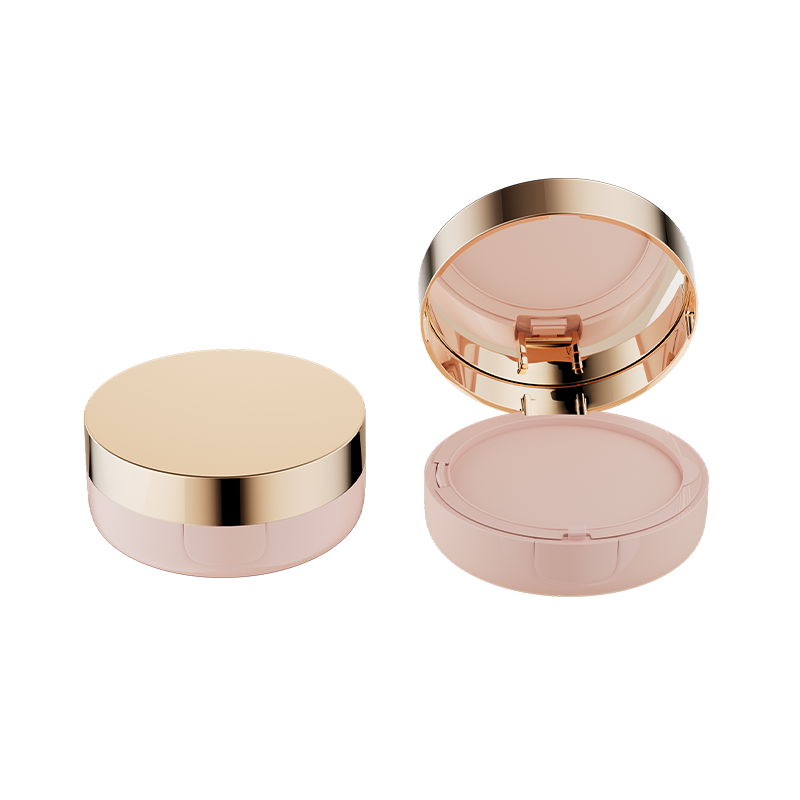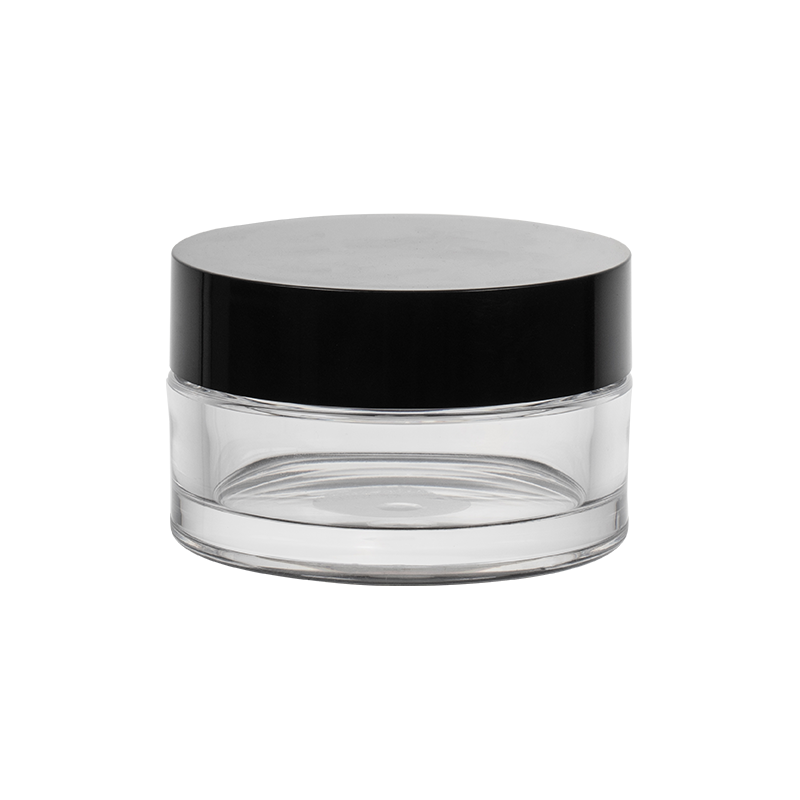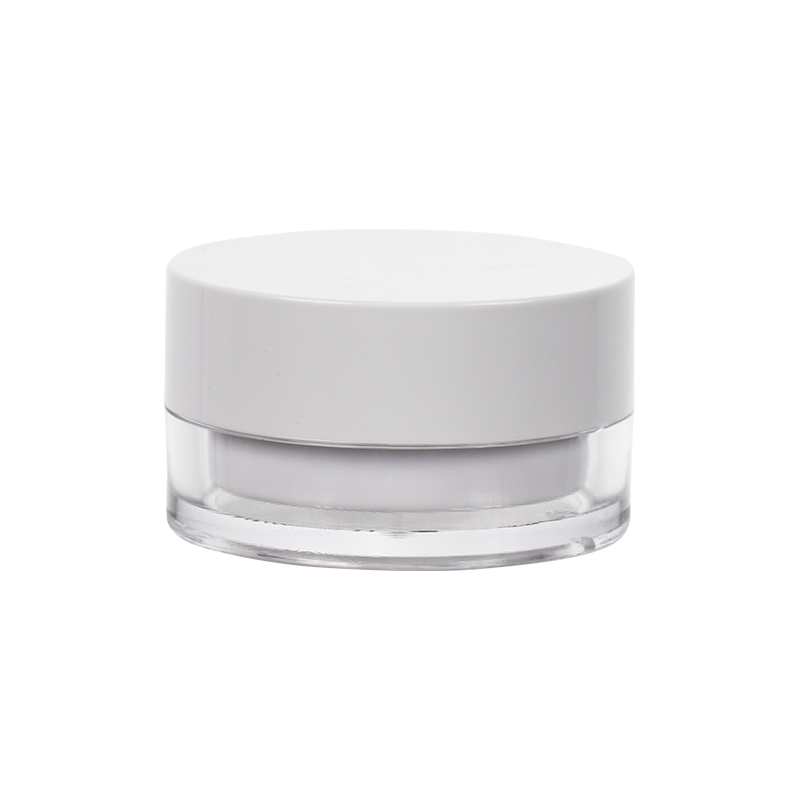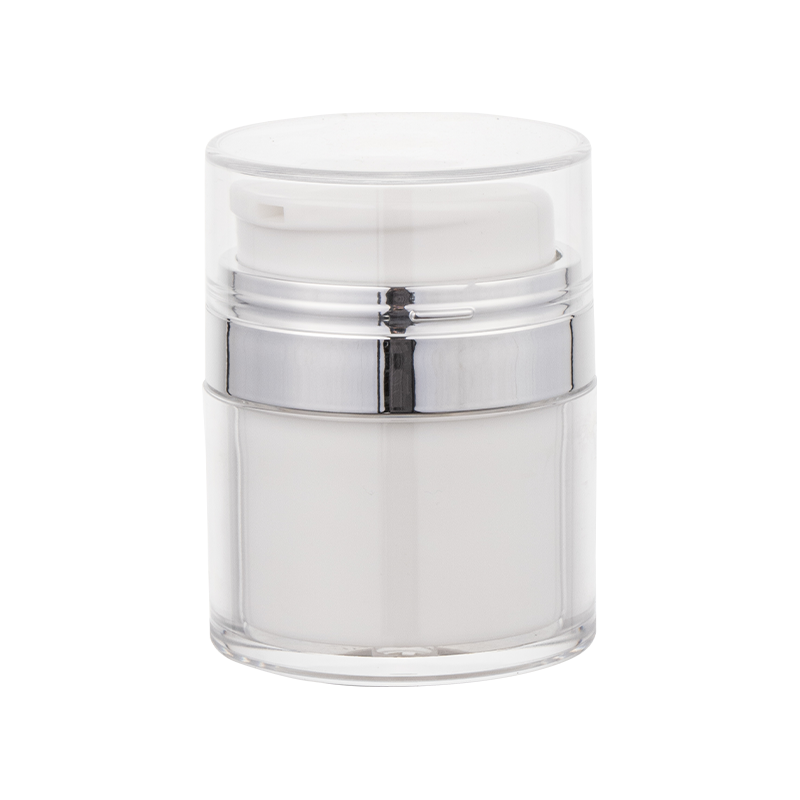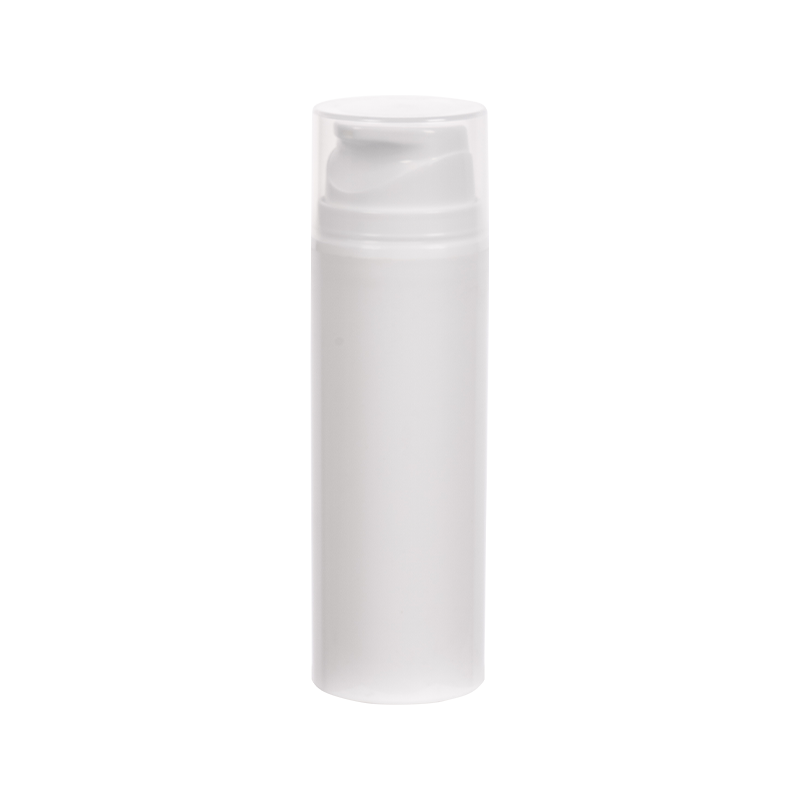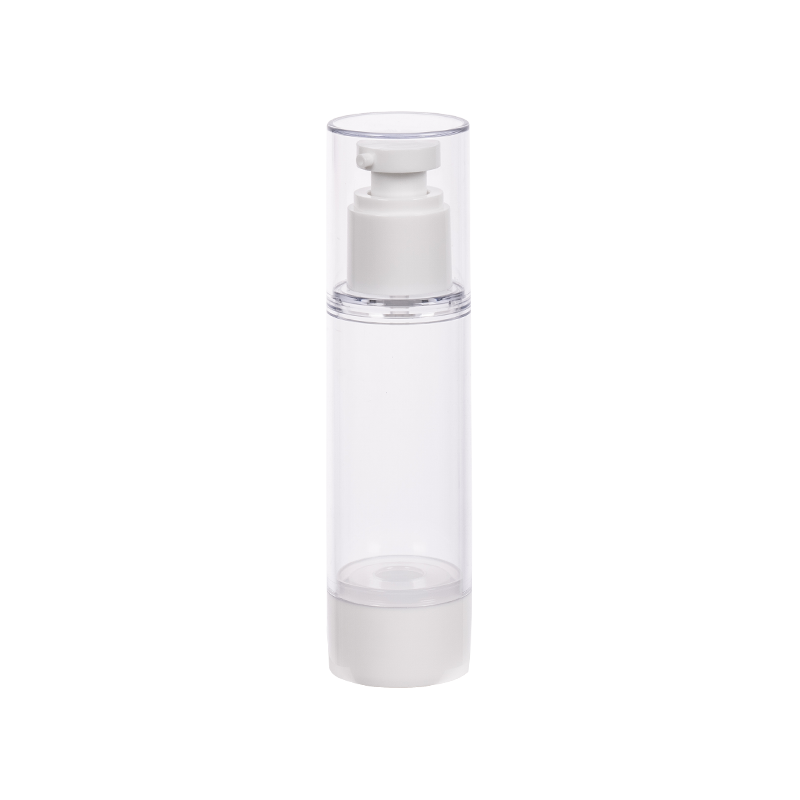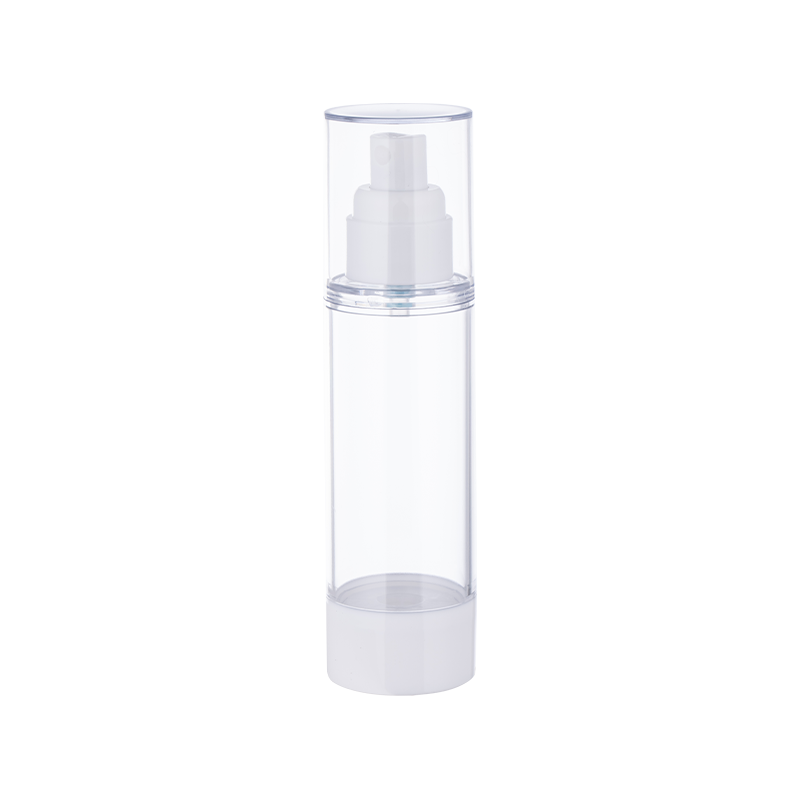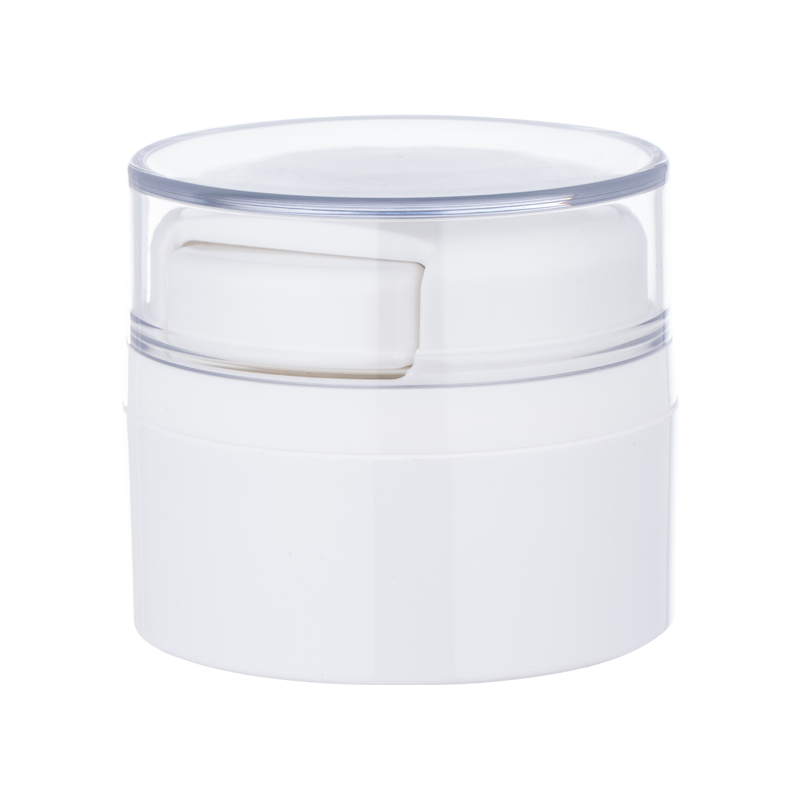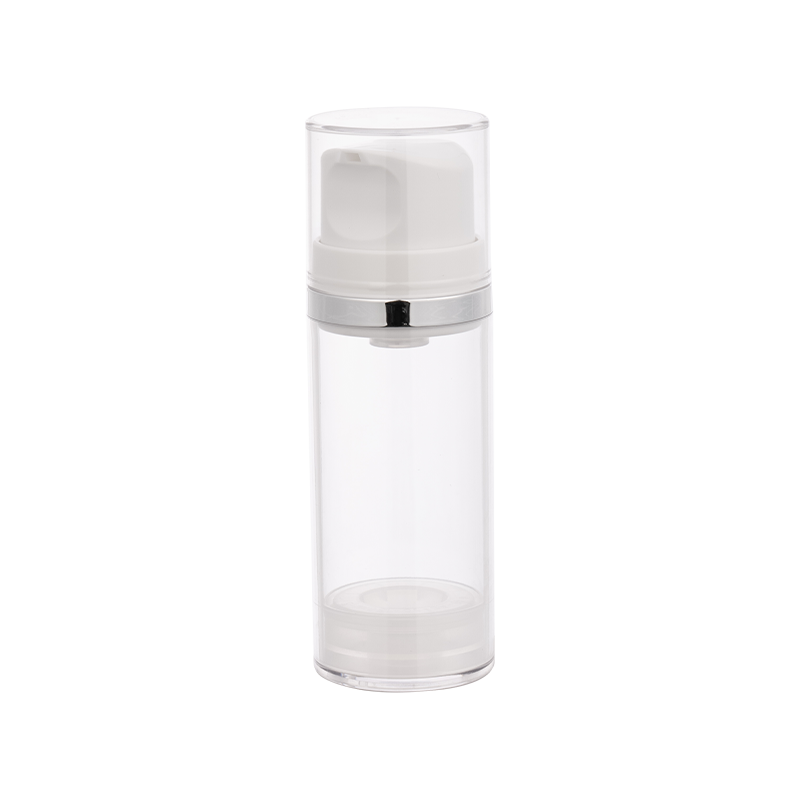Which cosmetic jar material is best for storing serums containing active ingredients?
Sep 12, 2025
1. Glass
Glass has excellent barrier properties, effectively preventing light and oxygen from oxidizing and degrading active ingredients, making it the preferred packaging material for high-end serums.
2. High-density polyethylene terephthalate (PET)
PET offers high transparency and excellent chemical stability, making it suitable for serums that are less sensitive to light. However, despite its excellent thermal stability (decomposition temperature >300°C), prolonged storage above 60°C should be avoided to prevent micro-migration.
3. Polypropylene (PP) and high-density polyethylene (HDPE)
These two plastics are not significantly permeable to most active ingredients at room temperature, but their gas barrier properties are slightly weaker than glass. They are therefore suitable for cost-sensitive formulations that do not contain highly oxidizable ingredients. If your product contains highly active ingredients like vitamin C, peptides, or enzymes that are easily oxidized, glass jars are the safest choice. For lightweight, transparent displays with relatively robust formulas, PET or PP/HDPE can be used, with strict temperature control.
How to choose the appropriate cosmetic jar mouth diameter?
1. Based on product viscosity and frequency of use
Low-viscosity serums are best suited to a narrow mouth (≈2.5cm) for precise dispensing; high-viscosity creams or lotions require a wide mouth (≥3cm) to minimize residue and facilitate easy dispensing.
2. Consider packaging aesthetics and brand positioning
A slender bottle with a narrow mouth enhances the "concentrated essence" feel and promotes a high-end image; a wide mouth is more suitable for larger volumes or travel sizes, highlighting practicality.
3. Considering both production process and cost
Using standardized molds with mouth diameters (such as 30mm or 40mm) can significantly reduce mold costs. If a special mouth diameter is required, the compatibility between mold development and subsequent filling equipment should be evaluated. 4. Compatible with user dispensing tools
If using a cosmetic spoon or special dispensing stick, the diameter should be slightly larger than the tool to prevent obstruction and ensure smooth dispensing.


 English
English 中文简体
中文简体